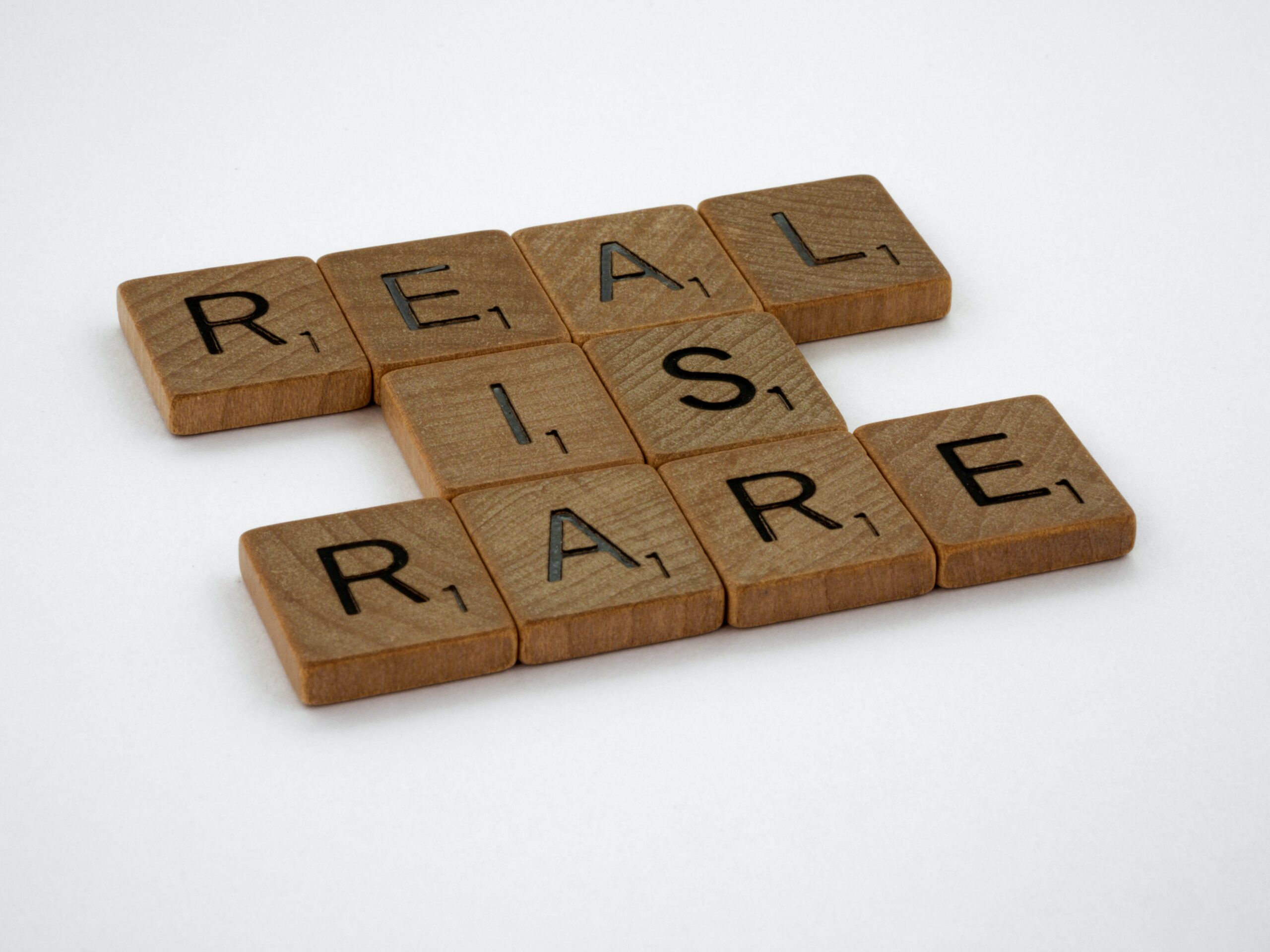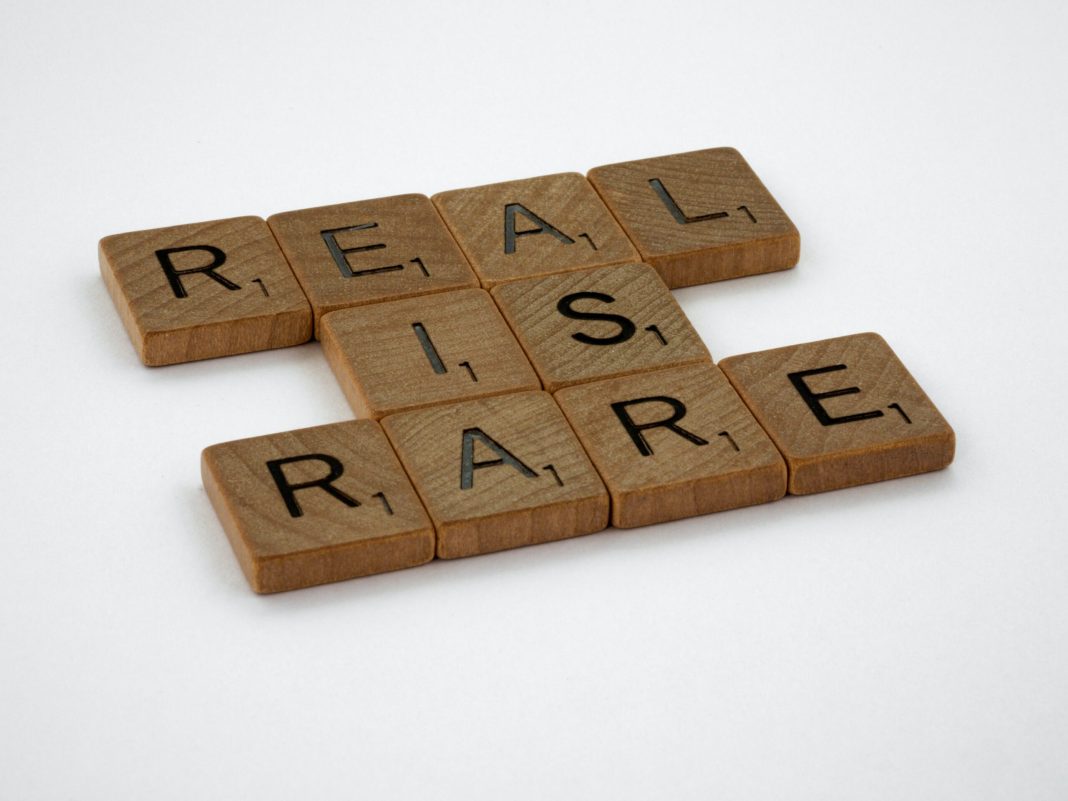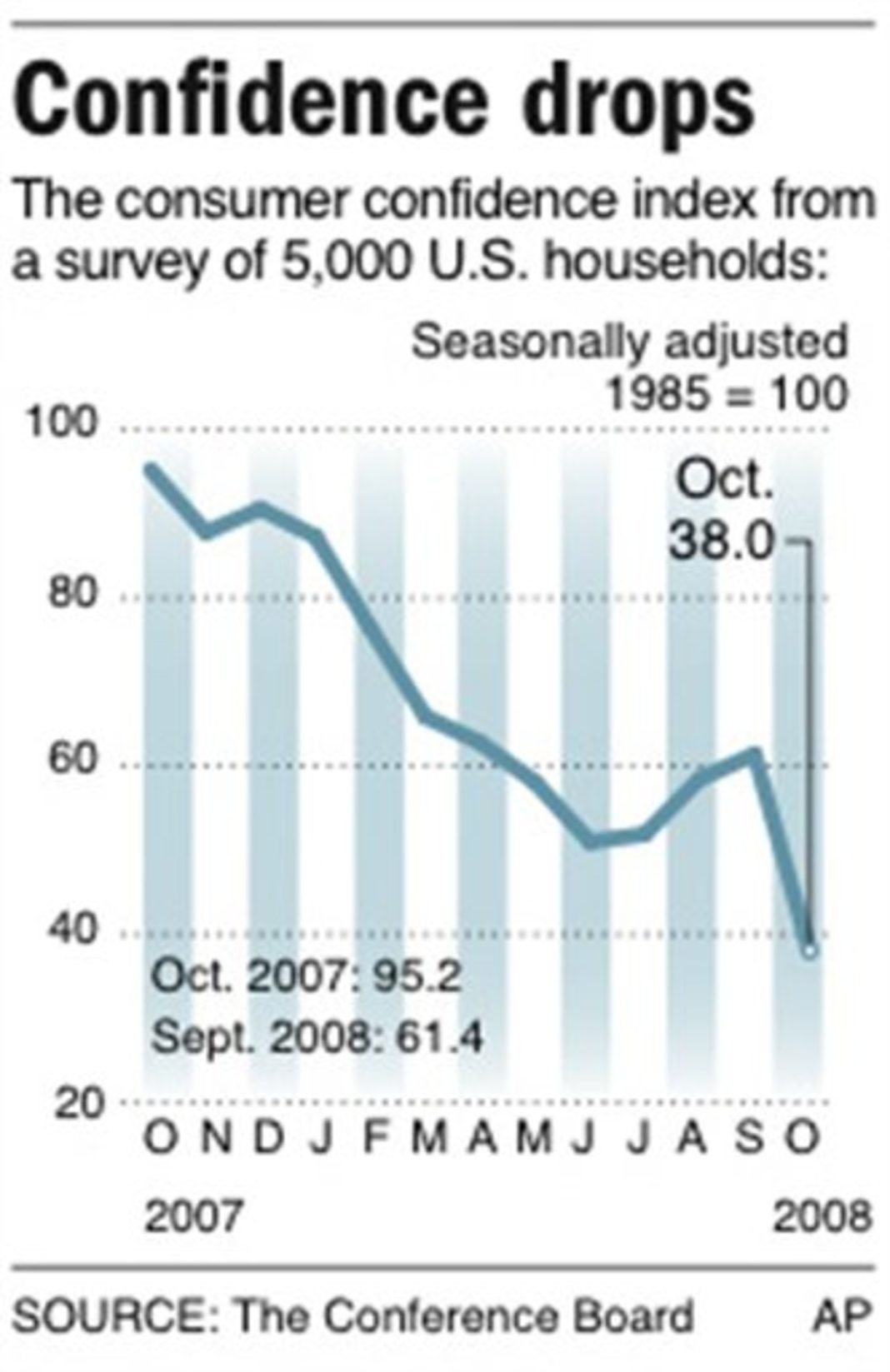 Museum Curator Admits Artworks in Exhibition Are Counterfeit
Museum Curator Admits Artworks in Exhibition Are Counterfeit
In a shocking turn of events, a museum curator has come forward to confess that the Picasso artworks displayed in her exhibit are actually fake. The curator, whose identity has not been disclosed, made the confession during a press conference yesterday.
The revelation has sent shockwaves through the art world and raised questions about the authenticity of other artworks in museums and private collections around the globe. Experts are now scrambling to determine the extent of the forgery and whether any other renowned artists’ works have been tampered with.
The curator admitted that she had been aware of the counterfeit nature of the artworks for some time but was hesitant to come forward due to fears of backlash and professional repercussions. However, she ultimately decided that honesty was the best policy and that it was her duty to inform the public.
This revelation highlights the growing concern of art forgery, a practice that has plagued the art world for centuries. Counterfeit artworks can be incredibly convincing, making it difficult even for experts to detect them. The ability to accurately assess an artwork’s authenticity is crucial for preserving the integrity of the art market and ensuring that collectors are not deceived.
In recent years, there have been several high-profile cases of art forgery, including the infamous Knoedler Gallery scandal, where numerous forged artworks were sold for millions of dollars. These cases serve as a reminder that even reputable galleries and museums can fall victim to counterfeit schemes.
To combat art forgery, experts have turned to advanced scientific techniques such as spectroscopy and X-ray imaging to analyze artworks and detect any signs of tampering or forgery. These methods can reveal hidden layers of paint, inconsistencies in brushwork, or discrepancies in materials used, providing valuable insights into an artwork’s authenticity.
While the curator’s confession is undoubtedly an embarrassment for the museum, it also serves as a wake-up call for the art world as a whole. It is essential for institutions and collectors to be vigilant and proactive in verifying the authenticity of artworks before displaying or acquiring them.
The impact of this revelation extends beyond the art world. It raises questions about the value of art as an investment and the credibility of the art market. Collectors and investors may now question the authenticity of their own collections, leading to a potential decline in the market for high-value artworks.
In conclusion, the museum curator’s confession regarding the counterfeit Picasso artworks in her exhibit is a stark reminder of the prevalence of art forgery and the need for increased vigilance in the art world. The incident serves as a call to action for institutions, collectors, and experts to collaborate and employ advanced scientific techniques to ensure the authenticity of artworks. Only through these efforts can we preserve the integrity of the art market and protect collectors from falling victim to fraudulent schemes.

